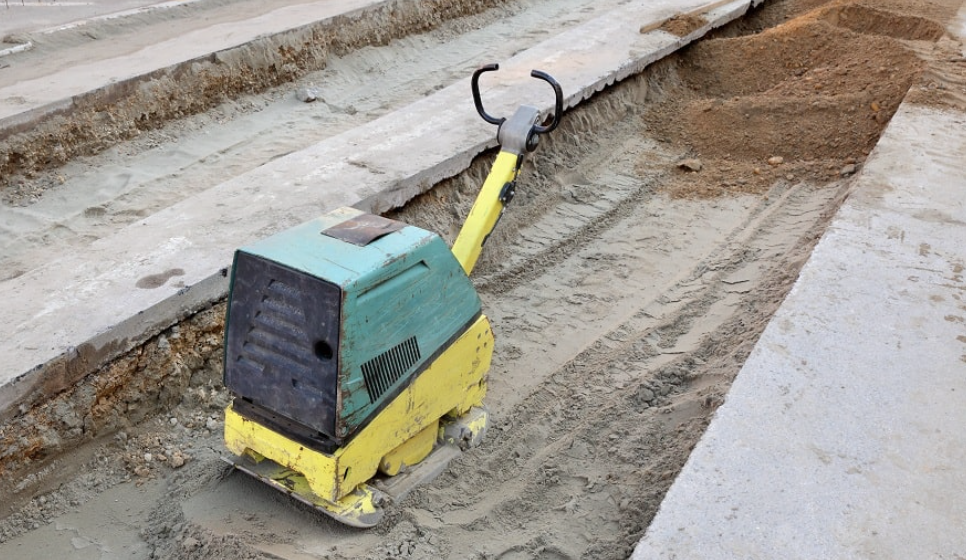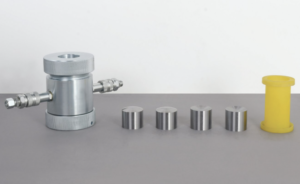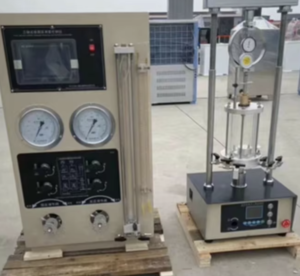What is Mechanical Compaction of Soil?
Mechanical compaction of soil involves applying pressure to reduce soil volume, thereby increasing its density. This process reduces air voids, stabilizes the soil structure, and enhances its load-bearing capacity—critical for construction projects, from roads and bridges to foundations and earthworks.
Why Is Mechanical Compaction Necessary in Construction?
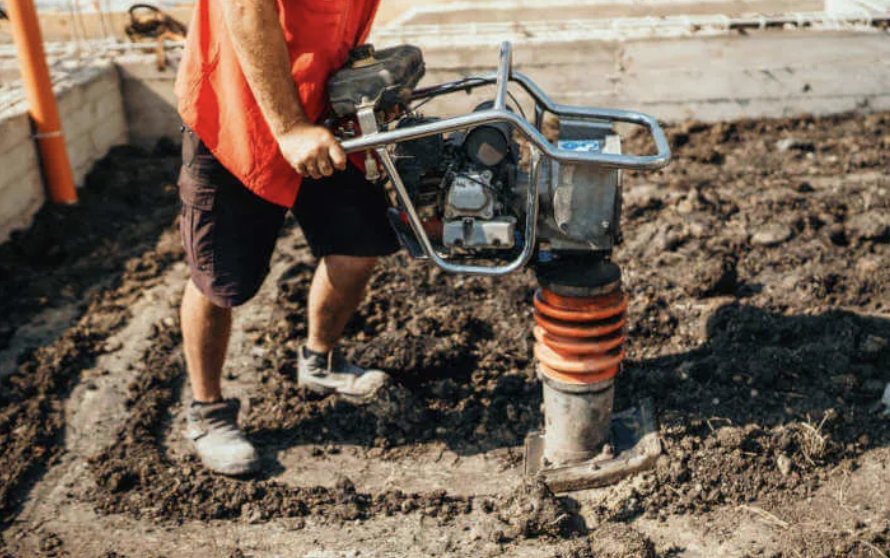
Mechanical compaction ensures that soil can adequately support structures, prevent settling, and provide durability.
Key reasons include:
- Increased stability1: Reduces soil settlement risks.
- Enhanced bearing capacity2: Supports heavy structures without deformation.
- Improved durability3: Prevents erosion and increases lifespan of infrastructure.
| Without Compaction | With Proper Compaction |
|---|---|
| Unstable foundation | Stable foundation |
| Risk of uneven settlement | Even load distribution |
| Shortened structural life | Extended lifespan of structures |
What Are the Main Methods of Mechanical Compaction?
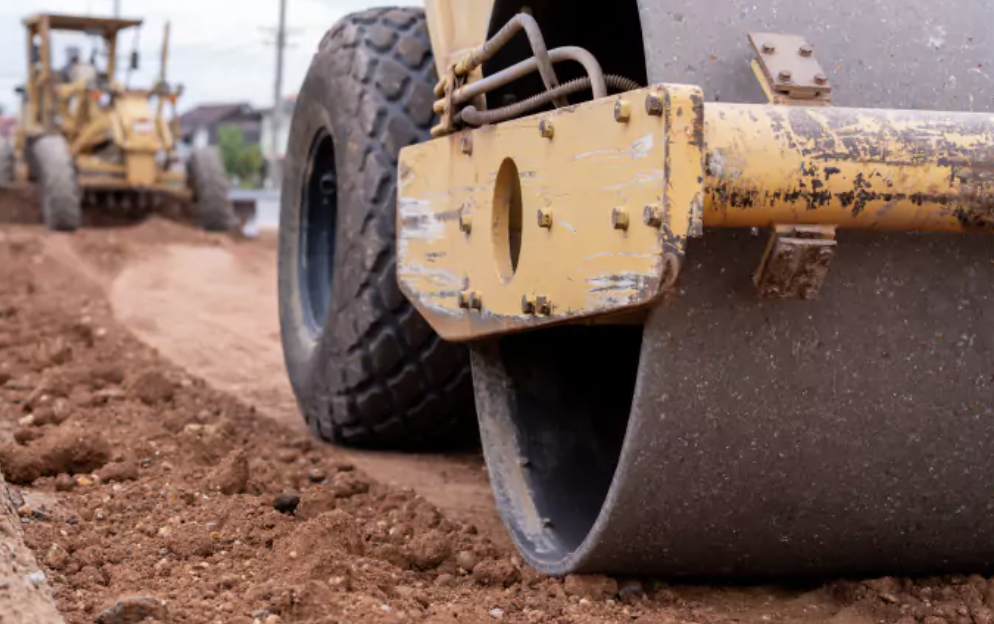
Mechanical compaction methods vary based on equipment and soil type:
- Static Compaction: Uses heavy rollers applying steady pressure.
- Vibratory Compaction4: Employs vibrating rollers or plates for denser compaction, especially effective on granular soils.
- Impact Compaction: Uses rapid impact (rammers) suitable for confined spaces and cohesive soils.
- Kneading Compaction5: Achieved by sheepsfoot rollers, ideal for clay soils.
| Method | Ideal Soil Type | Equipment Examples |
|---|---|---|
| Static | Cohesive (clay, silt) | Smooth-wheel roller |
| Vibratory | Granular (sand, gravel) | Vibrating roller, plate compactor |
| Impact | Cohesive, confined spaces | Rammers, jumping jacks |
| Kneading | Clayey soils | Sheepsfoot roller |
How Is Compaction Quality Measured?
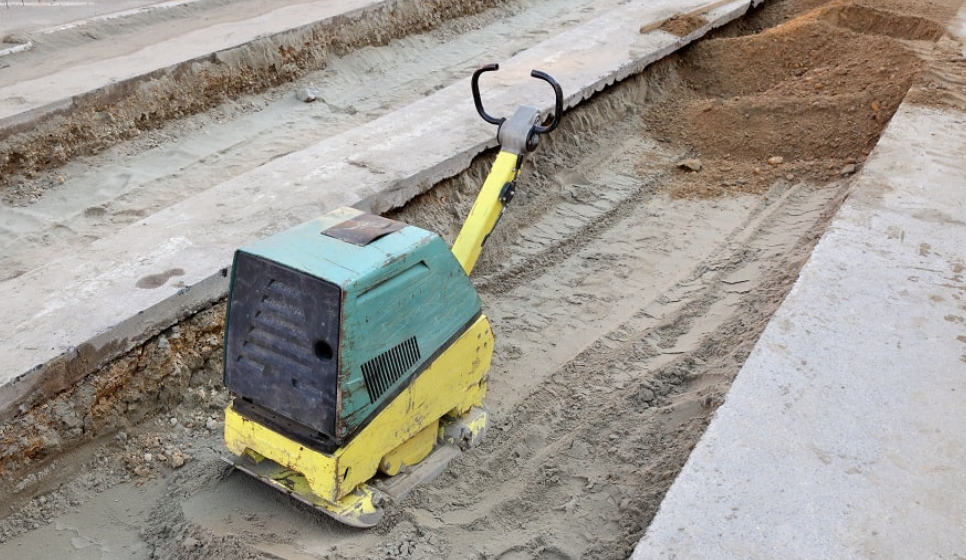
To ensure proper compaction, engineers measure soil density and moisture content using standard testing methods:
- Sand Cone Test6: Reliable, traditional method for density measurement.
- Nuclear Density Gauge7: Quick and widely used on construction sites.
- Proctor Test8: Establishes optimal moisture and maximum density standards in laboratories.
| Method | Accuracy | Speed | Commonly Used For |
|---|---|---|---|
| Sand Cone | High | Moderate | Precise, critical structures |
| Nuclear Gauge | Moderate-High | Rapid | General field applications |
| Proctor Test | High | Lab-Based | Establishing compaction criteria |
What Factors Influence Compaction Effectiveness?
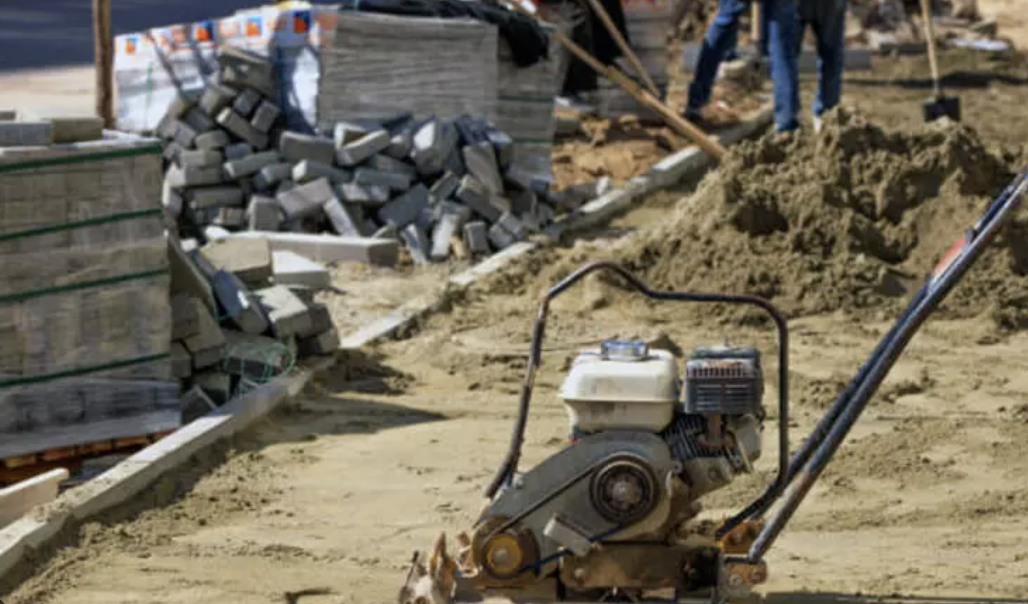
Several factors impact the effectiveness of mechanical compaction:
- Soil Type: Clayey soils compact differently from granular soils.
- Moisture Content: Optimal moisture is critical; too dry or too wet can hinder compaction.
- Equipment Type and Weight: Correct equipment choice enhances compaction results.
- Layer Thickness: Thin layers compact more effectively than thick layers.
| Factor | Impact on Compaction |
|---|---|
| Soil Type | Influences method selection and results |
| Moisture Content | Crucial for achieving maximum density |
| Equipment | Determines compaction efficiency |
| Layer Thickness | Thinner layers improve density uniformity |
Conclusion
Mechanical soil compaction is an essential process for creating stable and durable construction foundations. By understanding why it’s needed, methods available, measurement techniques, and influencing factors, engineers ensure high-quality, long-lasting, and safe construction projects.
-
Understanding increased stability can help you ensure safer and more reliable construction practices. ↩
-
Exploring enhanced bearing capacity can provide insights into supporting heavy structures effectively. ↩
-
Learning about improved durability can help you design infrastructure that lasts longer and withstands environmental challenges. ↩
-
Explore the advantages of Vibratory Compaction for achieving denser soil compaction, especially in granular soils. ↩
-
Discover how Kneading Compaction is performed and its suitability for clay soils in construction projects. ↩
-
Explore this link to understand the Sand Cone Test, a reliable method for measuring soil density, crucial for construction projects. ↩
-
Learn about the Nuclear Density Gauge, a quick and effective tool for measuring soil density on construction sites, enhancing efficiency. ↩
-
Discover the Proctor Test, essential for establishing optimal moisture and density standards in soil compaction, vital for engineering projects. ↩

